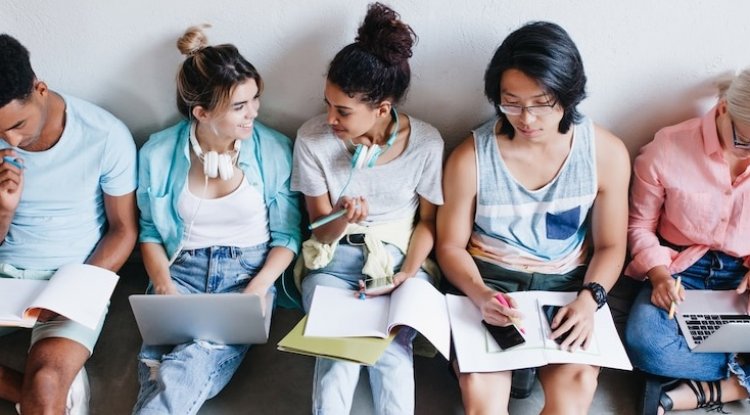Tips for Educators
The Ultimate Guide To Teaching Civics in 2022
- May 9, 2022
- 0
- 1614

Students who learn civics are more likely to discuss politics, volunteer for community service and communicate with elected representatives. Teaching your students civic practices like voting, jury service and collaborating with peers is crucial in building an effective democratic society. It also prepares children for the real world when they explore topics like the parliament, taxes, prisons and trade. However, the theoretical component of civics makes it a difficult subject to teach. You need to lead with simplicity - breaking down lengthy concepts into fun, engaging sub-topics is a good start. Read on for five great tips to teach your students about civics effectively.
1. Stage Plays
Who doesn’t like a little theatrics? In general, plays are a great way to teach concepts. In teaching civics, it allows students to step into the shoes of different characters and understand their perspectives. For example, a play on the disbanding of The League of Nations on April 19,1946 could include a scene at the end where children role-play as different nations, such as the USA and Great Britain. Students could act out how these nations came together to form the United Nations. The next play could be one about the role and workings of the UN.
2. Choose Your Class Leader
A fun classroom activity to teach children the basics of elections is to have students elect a class leader. Pick a day and explain the rules of the activity. The rules could include picking only one name, writing only on one side of the paper and so forth.
Once the rules have been explained, give students pieces of paper with the instruction to write down the name of the classmate they want to elect as class leader. Then, count the number of votes and announce the leader. This activity can help children understand the importance of democracy and how elections work.
3. Get Crafty
Poster-making has positive effects on retention. The beauty of making posters is also the different elements that go into them, like colors, words and magazine cutouts. Ask your students to create posters around a certain theme. For instance, if they choose ‘world leaders,’ ask them to conduct research on different personalities, print out their images and stick them to chart paper with the right labels. By the end of the activity, they would have a good recollection of faces and names. You can apply this to other topics, as well.

4. Act It Out
Children can learn concepts through imitation. For example, a teacher can create a box filled with chits with nations and corresponding national animals written on them. The teacher can then ask a student to mimic the national animal, so the rest of the class can guess the nation. This creates a fun opportunity to learn which animals, symbols and places are considered important in a particular country.
5. Movie Time
Take it from the boom in 'Frozen' merchandise - children love movies. Therefore, teaching through movies can help children reframe civics as just another subject, and see it in the world around them. Films have a knack for creating lasting impressions. Choose an apt movie and observe students go home more confident about the subject.
Teaching a child to be a responsible citizen and explaining the intricacies of the world around them will take time and patience. Don’t skip out on class activities; they’re the key to engagement and improved information retention. Take inspiration from the activities we’ve listed above, and come up with a few yourself, too.
Add Comment
Related Blogs

Tips for Educators
Your Guide To Online Math Tutoring & 5 Handy Tips
- Natasha Di...
- Mar 22, 2022
- 0
- 1587

Tips for Educators
UAE is opening Applications for the $1 million Global Teacher
- Nikita Ann...
- Jun 5, 2023
- 0
- 1735

Tips for Educators
5 Tips for Teachers to Make the Transition Easier for International St...
- Khushboo M...
- Sep 14, 2022
- 0
- 1426
Popular Blogs

Tips for Educators
3 Tips To Apply Classical Conditioning In Classrooms
- Natasha Di...
- Apr 25, 2022
- 0
- 21544

Understanding Concepts
4 Reasons Why Skill-Based Learning Is Important For Students
- James Coop...
- Mar 14, 2022
- 0
- 11020

For Parents
Everything You Need To Know About STEAM Education As A Parent
- James Coop...
- Mar 1, 2022
- 0
- 10824










